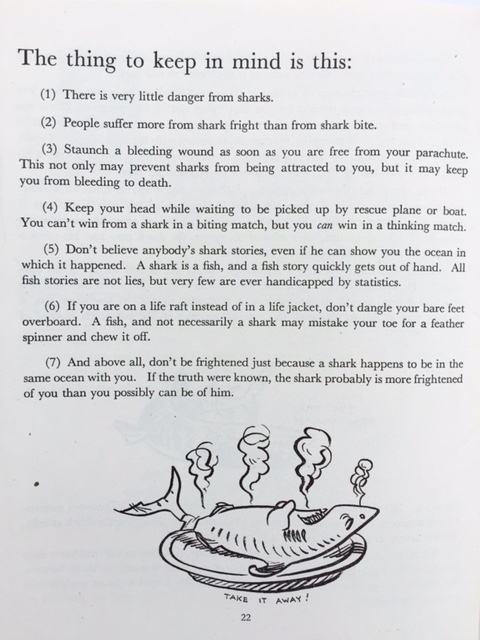Placard/Description
While fairies have been integral in the development of anti-Abyssal equipment, it is important to stress that they are somewhat limited in their ability to comprehend orders, verbal or written. Additionally, in order for STEC to make use of fairy crafted items, particularly those that may have significant application towards conventional or specific anti-Abyssal use, STEC researchers generally goes through a rigorous process where the structural and systematic composition of the fairy-crafted item in question is compared to its real-life counterpart. This often necessitates acquisition of items – sometimes of an unusual nature – from its proper authorities.
The analysis itself, shown in the next room, used to be reasonably labor and resource intensive, but over time, as R&D capacity improved and STEC moves into the 21st century, the time to properly identify a fairy artifact is considerably shortened. What might have taken STEC a week in the 60s can now be identified in several seconds.
The items displayed in this collection are the real-life counterparts to their fairy-crafted artifacts and a part of the some 7,500,000 items STEC has in its inventory for this specific purpose. On occasions, additional items are removed from stasis miniaturization and added to the rotating collection depending on active exhibit.
Artifact no. 235
Title: US Rifle, .30 Cal. M1 “Garand”
[Image]
Description:
The standard issue US rifle for World War II, adopted in 1936. This particular rifle has been manufactured by Springfield Armory, and serial number indicates that the receiver was built in April of 1942.
Method of Acquisition:
Transferred to STEC from US Government.
Misc. Notes:
This is a standard example in an “as issued” configuration. For STEC experimental types, see Artifact Nos. 1655-1659.
Artifact No. 265
Title: US Carbine, .30 Cal. M1
[Image]
Description:
US made carbine designed to replace the M1911 pistol for rear-echelon and other troops, adopted in 1941. This particular rifle was manufactured by IBM and re-arsenaled post war. Serial number suggests a manufacture date of early 1944.
Method of Acquisition:
Transferred to STEC from US Government.
Misc. Notes:
This is a standard example in an “as issued”configuration. For STEC experimental types, see Artifact Nos. 2743-2752.
Artifact No. 400
Title: Shark Repellent & Container
[Image]
Description:
Strapped box containing small disc-like cake made predominantly of copper acetate and black dye meant to repel sharks and other aggressive aquatic critters. Often issued by the US Navy.
Method of Acquisition:
Transferred to STEC from US Government.
Misc. Notes:
For fairy examples, see Artifact Nos. [Classified]. For proof that Abyssals are not sharks, please see experimental series A-93-1432 no. 4-12.
Artifact No. 572
Title: Grumman F6F-5 “Hellcat”
[Image]
Description:
US Carrier based fighter from World War II. Entered service in 1943. Noted for having the highest kill:loss ratio of any US fighter of the era.
Method of Acquisition:
Purchased from private organization
Misc. Notes:
This is a standard example of the airplane, as configured for combat in 1943. For fairy examples, see Artifact Nos. 5634-5640.
Artifact No. 724
Title: Japanese Sword
[Image]
Description:
A handmade sword from Japan. Sheath and handle are ornate, suggesting purely decorative purpose.
Method of Acquisition:
Gift from NKT Officer
Misc. Notes:
Analysis of the metal suggests the age of the sword between 400-500 years old. Current condition of the sword, however, is excellent.
Attempts by fairies (most prominently, other Japanese fairies) to reproduce sword generally result in shoddy copies slightly more capable than a dull butter knife. For your very own to take home please consult the STEC archive souvenir shops located at the main and north entrances.
Artifact No. 7435
Title: Potato
[Image]
Description:
Starchy, edible tuber from Solanum Tuberosum. Appears to be from the “Russet” cultivar. For fairy examples refer to Fairy kitchens no. 1-4 where they can be located in abundance during lunch and dinner shifts.
Method of Acquisition:
Confiscated from United States Shipgirl O’bannon
Misc. Notes:
Whoever keeps taking this out of the “weaponry” section, I ask that you keep it here.
-Jer


